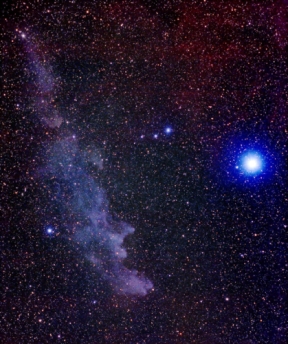The blue star Rigel lights up a nearby nebula
Click on image for star map
© Matt BenDaniel
Rigel - Bluish-white Supergiant
|
What's in a Name: |
Arabic for "foot"
|
|
Claim to Fame:
|
One of the galaxy's brightest stars. Apparent visual magnitude = 0.1 |
|
Type of Star: | Brilliant bluish-white Supergiant (B8 1a Spectral Type)
|
|
How Far Away: |
775 light years away |
|
How Big: |
70 times the sun's diameter |
|
How Bright: | 40,000 times the sun's luminosity (Absolute visual magnitude = - 6.8)
|
|
Where to View: | Brightest star in Orion (Star Map).
|
|
When to View: | December through March from Northern middle latitudes |
You might also be interested in:
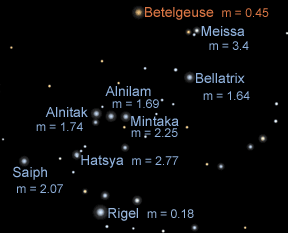
Astronomers use a special term to talk about the brightness of stars. The term is "magnitude". The magnitude scale was invented by the ancient Greeks around 150 B.C. The Greeks put the stars they could
...more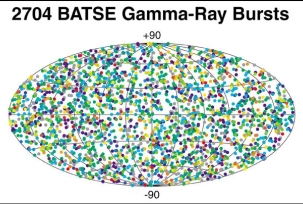
In the 1960's, the United States launched some satellites to look for very high energy light, called Gamma Rays. Gamma Rays are produced whenever a nuclear bomb explodes. The satellites found many bursts
...more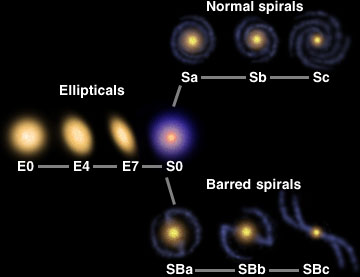
During the early 1900's, which is not very long ago, astronomers were unaware that there were other galaxies outside our own Milky Way Galaxy. When they saw a small fuzzy patch in the sky through their
...more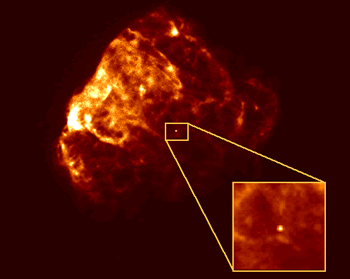
Neutron Stars are the end point of a massive star's life. When a really massive star runs out of nuclear fuel in its core the core begins to collapse under gravity. When the core collapses the entire star
...more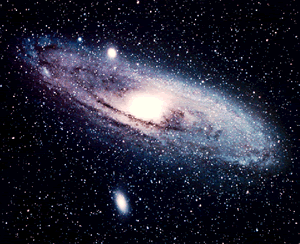
Spiral galaxies may remind you of a pinwheel. They are rotating disks of mostly hydrogen gas, dust and stars. Through a telescope or binoculars, the bright nucleus of the galaxy may be visible but the
...more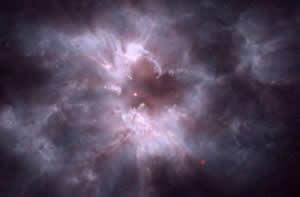
When stars like our own sun die they will become white dwarfs. As a star like our sun is running out of fuel in its core it begins to bloat into a red giant. This will happen to our sun in 5 Billion years.
...more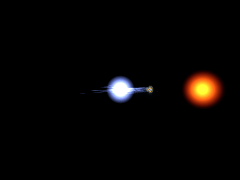
What's in a Name: Arabic for "head of the demon" Claim to Fame: Represents Medusa's eye in Perseus. A special variable star that "winks" every 3 days. Type of Star: Blue-white Main Sequence Star, and
...more


